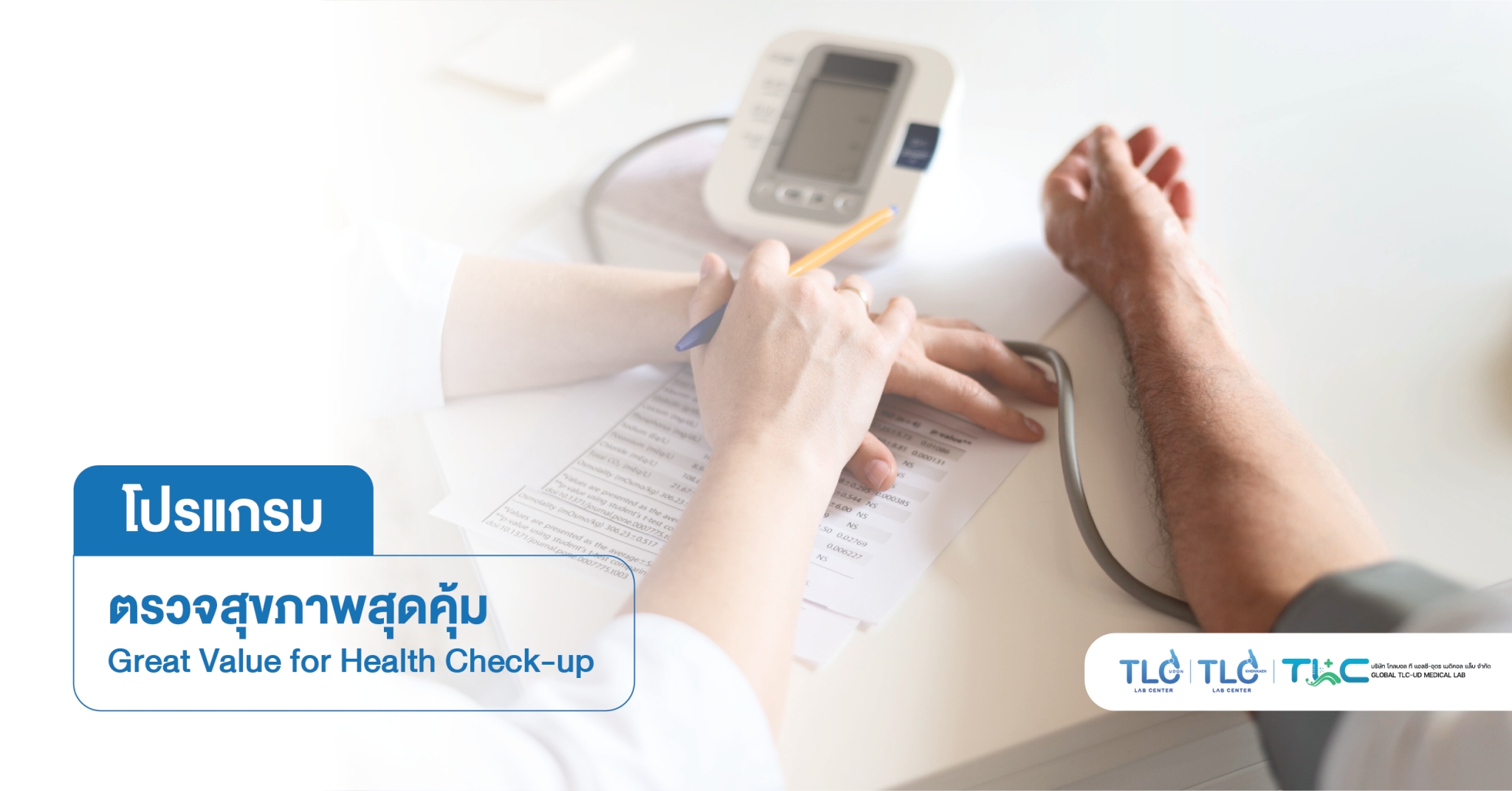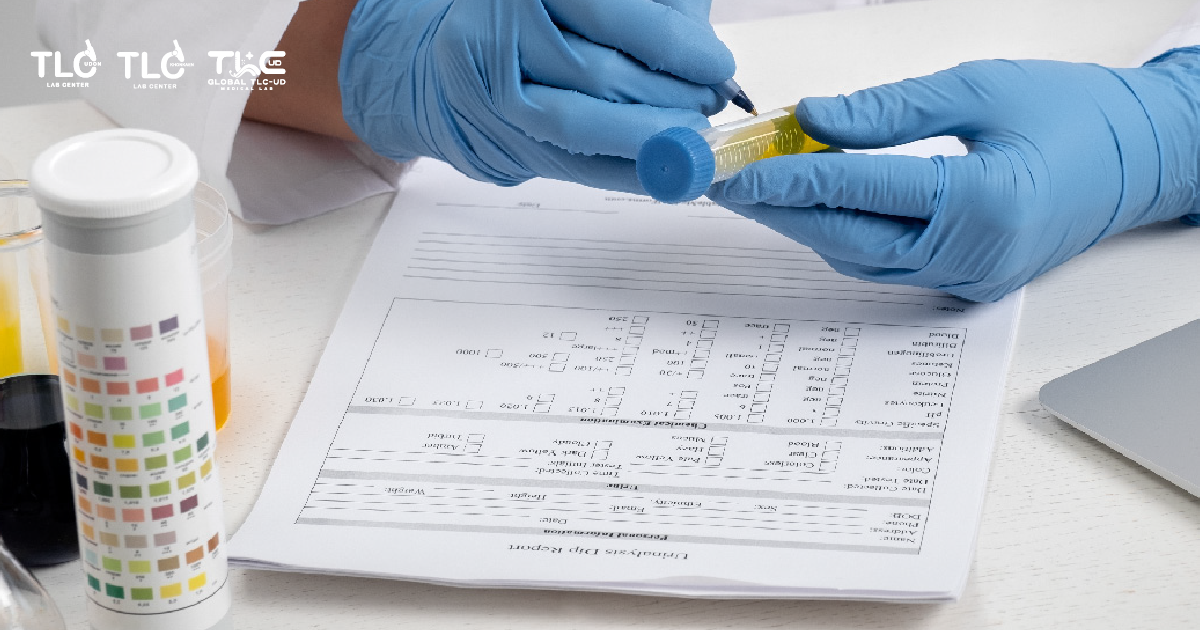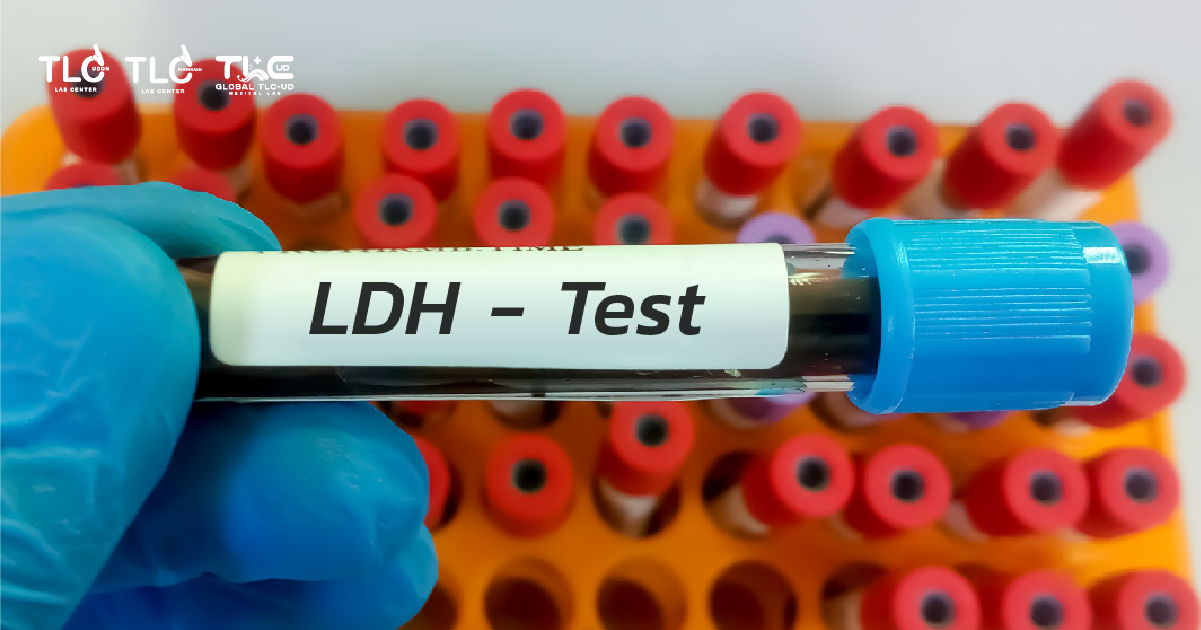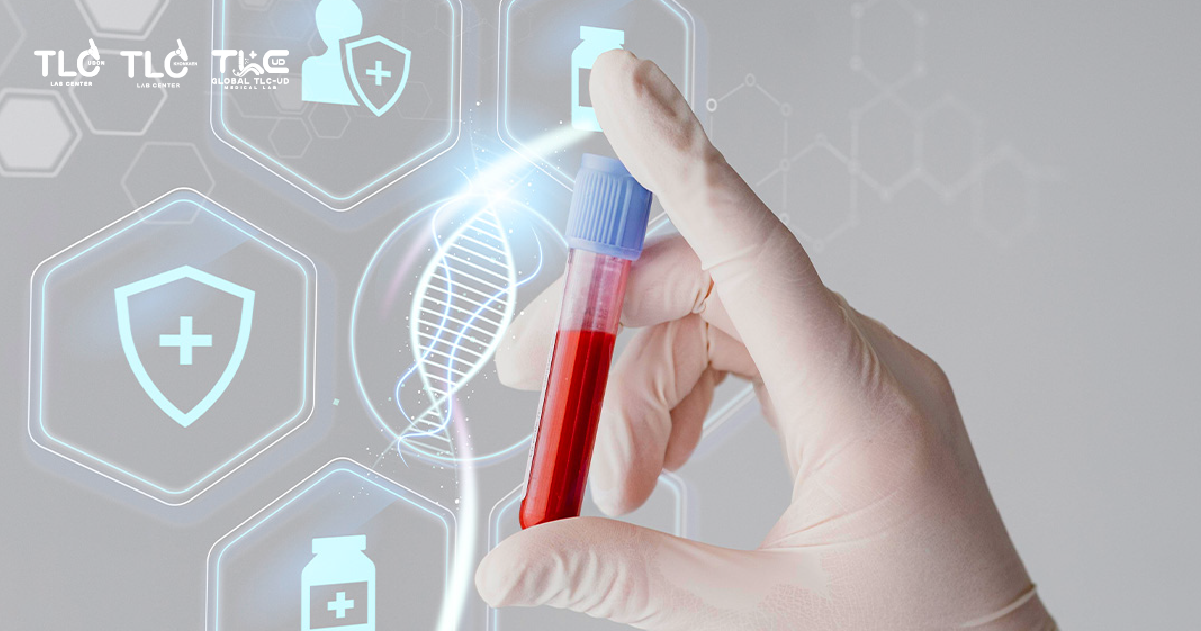CBC is a basic blood test to check the integrity of blood cells.
There are 3 groups:
- Red blood cells (RBCs)
- White blood cell (WBC)
- Platelets and platelets (PLT)
Blood cell integrity tests, also known as complete blood count (CBC), are blood tests used for disease screening. They are primarily used to screen for blood cell abnormalities rather than for confirmation or diagnosis.
Diagnostic causes of abnormalities by interpreting the results of blood cell integrity tests by medical technologist.Each parameter is interpreted by comparing it with the reference range.Whether the value is too high or too low. Reference range of the hematopoietic integrity test used in the laboratory.Each lab may be different because of the following differences in various parameters as follow.
- Model of the detector used
- Testing methods used
- The sample population used to determine the reference range.
Interpretation of the results of each parameter of the hematopoietic integrity test. The details are as follows:
Red blood cell (RBC) parameters
Red blood cells (RBCs or erythrocytes) are the most numerous types of blood cells.An important function is to transport oxygen (Oxygen) from the lungs to various parts of the body. This is done by a protein molecule inside red blood cells called haemoglobin ( Hb).Haemoglobin has two important subcomponents:
- Heme is a molecule with iron as its element, and contains a single ion of the element Iron (Fe).
- Globin, a red blood cell protein molecule, is produced in the bone marrow. It lives in the body for about 120 days. When it deteriorates, they are taken to destroy by spleen.
The interpretation of the various parameters of red blood cells is as follows:
Red blood cell count (RBC count):
This is the amount of red blood cells counted from a blood sample of a recipient. Examination with reference interval
- In men, it is 4.5 – 5.9 10 6 /mm3.
- In women, it is 4.5 – 5.1 10 6 /mm3
(some laboratories may report the RBC count in /microlitres instead, which is the same because 1mm3 = 1 microlitre)
In case the RBC count is low, the amount of red blood cells is too small. This is called anaemia, which can cause oxygen to be transported to different parts of the body.This means that the body is not receiving enough oxygen in some places.
If the RBC count is high: It means that the volume of red blood cells is excessive.We call that polycythaemia, which can cause the particles to clump together.It then clogs small blood vessels such as capillaries, making it impossible for blood to nourish that part of the body.

Anaemia is a fairly common condition in Thai people.
Anaemia can be caused by a variety of reasons, such as:
- Iron deficiency
- Vitamin B12 deficiency or folate deficiency
- Genetic diseases such as Thalassemia, G6PD enzyme deficiency (G6PDDeficiency)
- Blood loss
- Haemolytic anaemia
- Bone marrow disorder
- Chronic inflammatory disease
- Chronic kidney disease
Hypercythaemia can be caused by many reasons.
However, common reasons such as:
- Dehydration
- Chronic lung disease
- Smoking
- Living at high altitude
- Congenital heart disease
- Kidney tumours that produce excess erythropoietin
- Genetic causes, such as Polycythemia vera)
Hemoglobin (Hb)
“The level of haemoglobin (Hb), a protein in red blood cells, is a value that helps indicate the amount of red blood cells indirectly.It is used to assess conditions such as anaemia and polycythaemia.This value usually trends in the same direction as the RBC count. The reference range for haemoglobin values is:
- In men, it is around 13.5 – 17.5 g/dL.
- In women, it is about 12.0 – 15.5 g/dL.
Hematocrit (Hct) : Blood concentration level.
This value indicates the proportion of the blood volume occupied by red blood cells. It reflects the concentration of red cells in the blood.Red blood cells as a percentage of total blood cells:
- In men, it is about 38.8 – 50.0 %.
- In women, it is about 34.9 – 44.5 %.
Blood concentration level is used to assess conditions such as anaemia and polycythaemia as well. It is considered along with the RBC count and Hb values, and typically trends in the same direction as both the RBC count and Hb.

Red blood cell indices
Red blood cell indices are values used to indicate the characteristics of red blood cells.There are 3 useful values for characterizing anaemia and red blood cell index values as follows:
Mean cell volume (MCV):
The average red blood cell volume (Mean cell volume or mean corpuscular volume or MCV) is a value that indicates the average size of red blood cells.
It has a reference range of 80 – 96 fL.
- If this value is low, it means that the red blood cells have an average size smaller than normal (Microcytic). Found in:
- Anaemia from iron deficiency and thalassemia disease etc.
- If this value is high, it means that the red blood cells are of average size.Larger than normal (macrocytic) found in:
- Anaemia due to vitamin B12 (B12) or folate deficiency
- Myelodysplasia
- Liver disease
- Hypothyroidism, etc.
Mean cell haemoglobin (MCH)
Corpuscular haemoglobin (MCH) is a value that indicates the average amount of haemoglobin in each red blood cell.
The reference range is 27.5 – 33.2 pg,
which is a value that is considered to complement the MCV value, which tends to trend in the same direction.This is because if the average size of the red blood cells is small, the amount of haemoglobin in each cell will also be low. Conversely, if the average size of the red blood cells is large, the amount of haemoglobin in each cell will also be high.
Mean cell hemoglobin concentration (MCHC)
It is a value that tells the average concentration of haemoglobin in each red blood cell.
The reference range is around 33.4 – 35.5 g/dL.
- If this value is low, it means that each red blood cell has a low concentration of haemoglobin (hypochromia).
- Iron deficiency anaemia and Thalassemia
- If this value is high, it means that each red blood cell has a high concentration of haemoglobin (hyperchromia).Certain conditions, such as:
- Haemolytic anaemia due to Autoimmune haemolytic anaemia
- Burn patient
- Hereditary spherocytosis.
RBC distribution width (RDW)
The RBC distribution width (RDW) is a value that indicates the variation in the size of each red blood cell in terms of how much it differs in size.
The reference range of this value is around 11.6 – 14.6 %.
- If this value is normal, it means that the size of each red blood cell is the same.
- However, if this value is high, it means that the size of each red blood cell is very different, which is found in certain anaemias, such as:
Anaemia caused by vitamin B12 (B12) or folate deficiency, which is anaemia in which granules are found.Some red blood is larger than normal, or it is found in iron deficiency anaemia. Iron deficiency, which is usually found in red blood cells with different sizes.

RBC morphology
This value indicates the shape of red blood cells.Analysed by an automated microscopy or by a medical techologist looking at the blood clerk through a peripheral blood smear. all right Looking at the shape of red blood cells,
you will see both :
- Staining (which indicates the amount of haemoglobin in red blood cells.) If there are a lot of them, they will be dark. If there are few, they will be faded) and the size and shape of the red blood cells are normal. Most red blood cells are coloured normally (normochromic) and have a normal size and shape (normocytic).
- Some people who experience abnormalities (mainly found in people with anaemia) may experience:
- Hypochromic red blood cells
The size of each red blood cell is not the same. Anisocytosis: Caused by the presence of red blood cells.Some cells are larger than normal (macrocytic) or smaller than normal (microcytic) mixed with common red blood cells.And it is often found that the RDW value is higher.
- Or have an abnormal shape of red blood cells (Poikilocytosis): It is caused by the presence of some red blood cells that are abnormally shaped, mixed with common red blood cells. Abnormal red blood cell characteristics found such as:
- Target cell
- Spherical cells (Spherocyte)
- Ovalocyte
- Acanthocyte or spur cell
- Burr cells
- Sickle cell
- Teardrop cell
- Schistocyte, etc.
In reporting, the size of each red blood cell is not the same. Anisocytosis and poikilocytosis are often reported as a grading system, however, the grading system of each laboratory may vary.
An example of a grading system is divided into:
- Few (abnormal cells found < 5 %)
- 1+ (6 – 10 % abnormal cells found)
- 2+ (10 – 25 % abnormal cells found)
- 3+ (25 – 50 % abnormal cells found)
- 4+ (50% or more abnormal cells)




